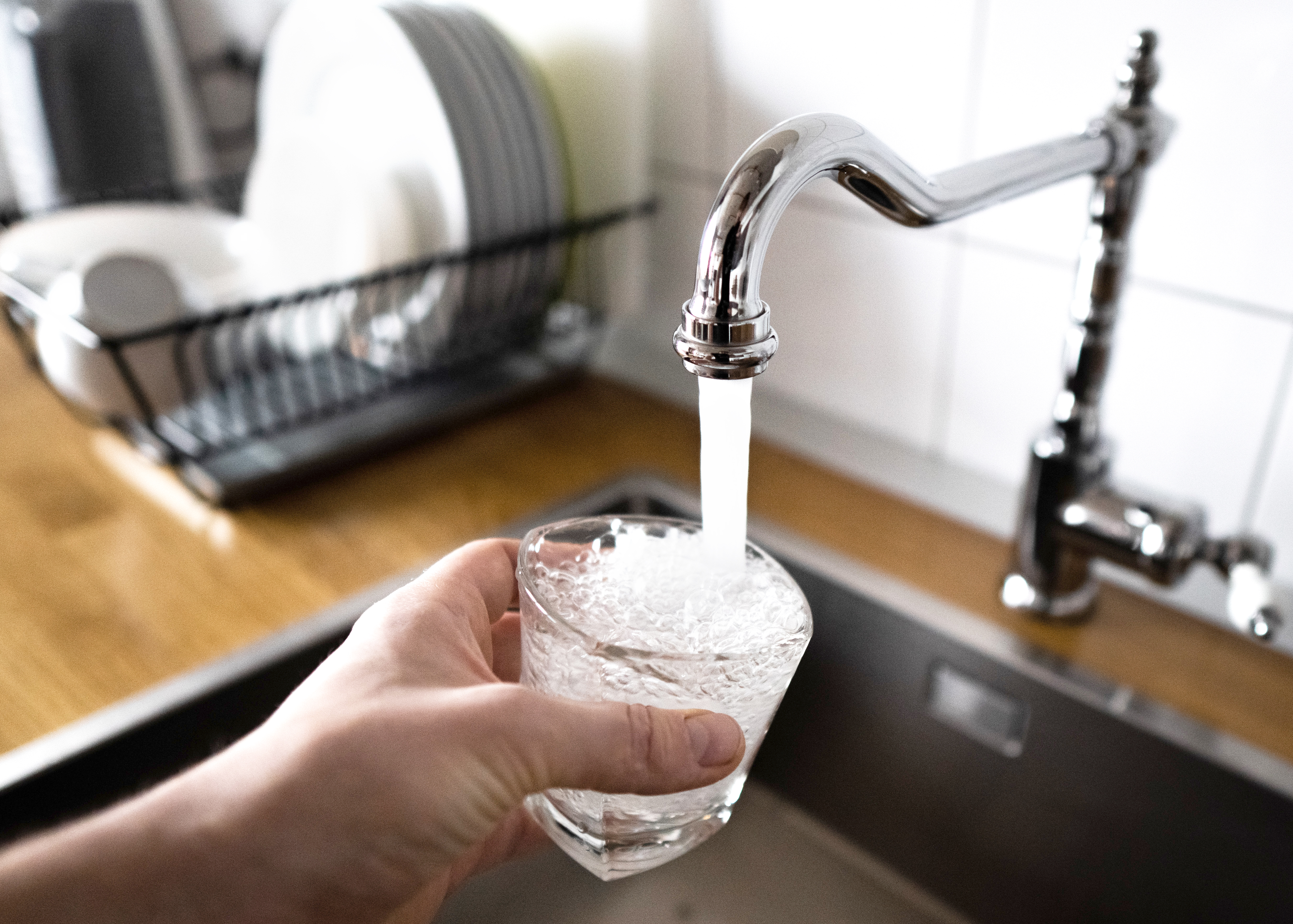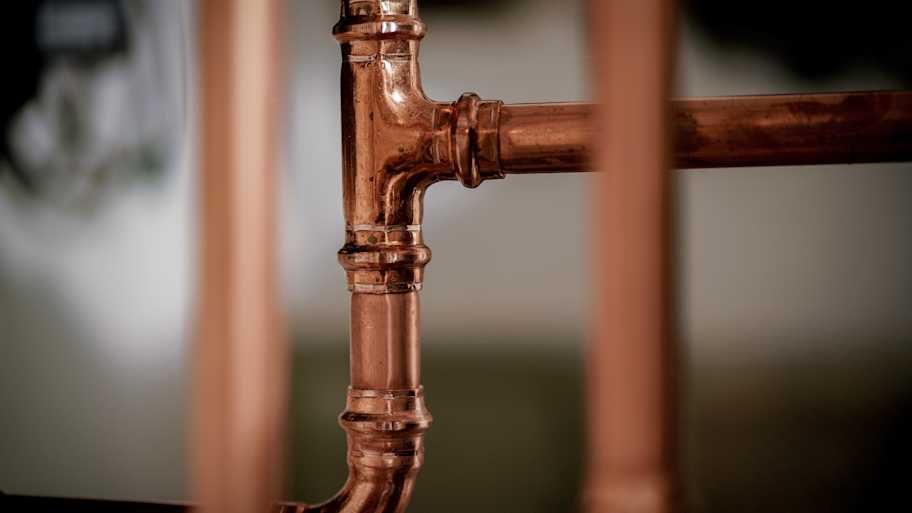
Learn about main water line repair costs in Columbus and what affects pricing to be prepared before you start getting estimates.
Avoid any fiascos by familiarizing yourself with turning off the toilet water valve


A leaky or overflowing toilet can quickly become a plumbing emergency. To ward off worrying water damage, unsanitary mold growth, and skyrocketing water bills, nipping the problem in the bud ASAP is vital.
Regardless of whether you can do a DIY patch-up or you need to wait for a plumbing repair professional near you to visit, switching off the toilet water valve at least keeps the water at bay until you can implement a fix. Follow this guide below to keep you on the right track.
Familiarize yourself with the location of the water shut-off valves in your home from the get-go. You can then take speedy action if a fast-flowing leak or other toilet problem suddenly develops—there’s nothing worse than running around in a panic trying to locate them when time is of the essence.
When it comes to the toilet shut-off valve in particular, you’ll usually find this at the bottom left of your toilet. Because toilets only use cold water, the water valve is a single mechanism. You'll typically find it on the thin pipe (around 1/2 an inch in diameter) leading from the toilet. The small shut-off valve might be round or a lever.

Isolating the water supply to the toilet means you can still use the water in other parts of the house. Once you locate the toilet water valve, you can work on turning it off.
Simply push a lever from a position parallel to the pipes to a perpendicular one. For round valves, you usually have to turn the head gently clockwise until you can’t turn it anymore.
Because you probably don’t use the valve often, it might be stiff or rusty. Applying a lubricant, like WD-40, helps to loosen it.
If you’ve done the job properly, no further water will flow from a leak. If you’re shutting the water off and there's no leak, you’ll know it worked if the water closet doesn’t refill after flushing. Can’t find the toilet shut-off valve? Move on to step two.

You might not have a fixture shut-off valve with older or non-standard bathroom plumbing. In this instance (or if your fixture valve is faulty), you’ll have to head to the main house shut-off valve instead. However, shutting off the water supply here means you won’t get water in any other parts of your house either—that means no showers, laundering, or using the dishwasher during this time.
Finding the main shut-off valve can be a little trickier. It might be in your basement (particularly in cold regions), near a water heater (where there will also be smaller water heater shut-off valves), in your garage, or on an outside wall near or alongside the water meter. If it’s inside the meter box, you might need a key to open it, so always have this in an easy-to-find location.
Bigger than the fixture shut-off valve, it’s usually attached to a 1- to 2-inch diameter pipe leading into your home. In older homes, it’s often a circular gate valve with grip indentations on the handle. In modern homes, it’s typically a straight-handled lever (known as a ball valve).
Again, because this valve is rarely used, it may need a little spray with a lubricant like WD-40 to get it moving.
Slowly turn the valve clockwise until you can’t tighten it anymore for a circular valve, and one-quarter turn clockwise for a lever, so it’s perpendicular rather than parallel to the pipe.
Test to make sure the supply to your whole house (and especially the toilet) is off. At this point, you might want to turn on the faucets in your home to drain away any standing water in the piping system.
If that fails, you may want to (cautiously) move on to step four.

Turning off the water supply at the curb stop valve outside your property without permission is illegal in some states. This step is the last resort in extenuating circumstances if you can’t turn off the water by either of the other two methods above and you have a serious toilet leak.
It’s located somewhere along your property line, after your water meter, usually on the street side of your front yard perimeter.
Call your water company's emergency contact line before turning off the supply via this method. Depending on the nature of the problem, they may provide permission and instructions for shutting off the water supply yourself or ask that you wait for the arrival of emergency support.
Some curb stop valves are deep in the ground, under what looks like a drain cover, and you may need a long-handled wrench to reach in and turn them off.
Unless there’s a fault with your shut-off valve, turning off the water to the toilet is a simple task all homeowners should be able to do themselves. Waiting for a plumber to arrive to turn it off could result in extensive and expensive water damage if there’s a major toilet leak.
Depending on your confidence with DIY, you may even be able to repair or replace a valve yourself. The cost to replace a water shut-off valve varies, with fixture valves ranging from $50 to $150. However, if you’re unsure, call in a professional plumber near you to handle repairs and replacements to avoid the potential for further damage or leaks.
From average costs to expert advice, get all the answers you need to get your job done.

Learn about main water line repair costs in Columbus and what affects pricing to be prepared before you start getting estimates.

Discover the leading factors affecting your main water line replacement cost in Columbus, including length, material selection, and installation details.

Learn how much plumbers cost in Columbus, Ohio. Discover pricing for faucet repairs, pipe work, and emergency services, plus how you can save money.

Not sure who to hire for undermount sink repair? Countertop specialists are the best place to start, but plumbers may also be helpful.

The proper copper pipe size depends on the application and your home layout. Learn how to size copper pipes and what factors to consider when deciding.

Touchless faucets offer benefits like saving water, avoiding germs, and simplifying cleanup. Learn the top benefits of hands-free faucets and decide whether to switch.